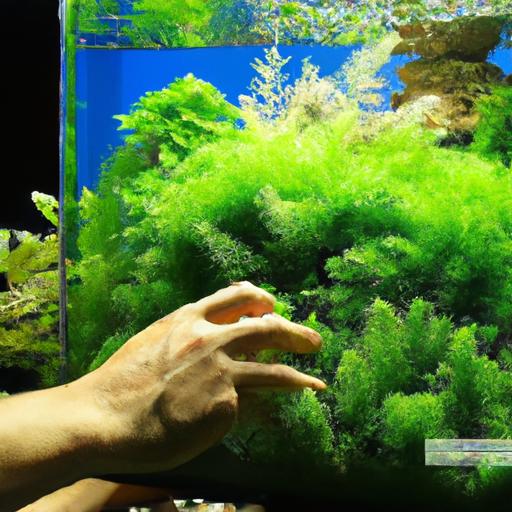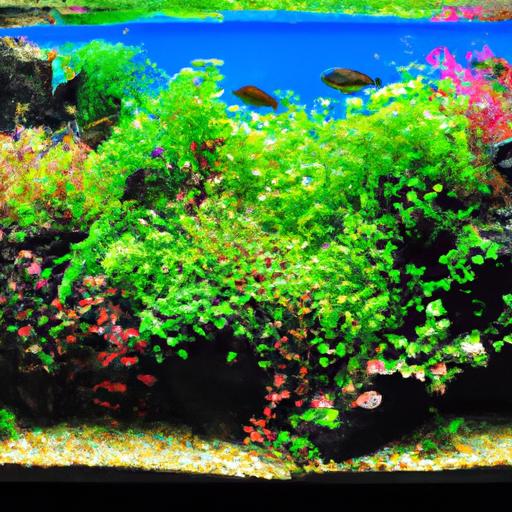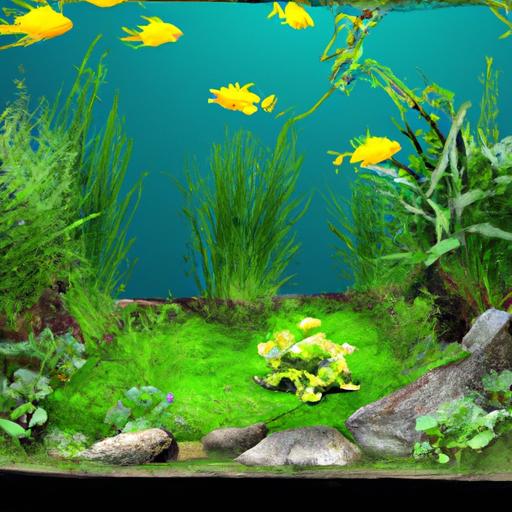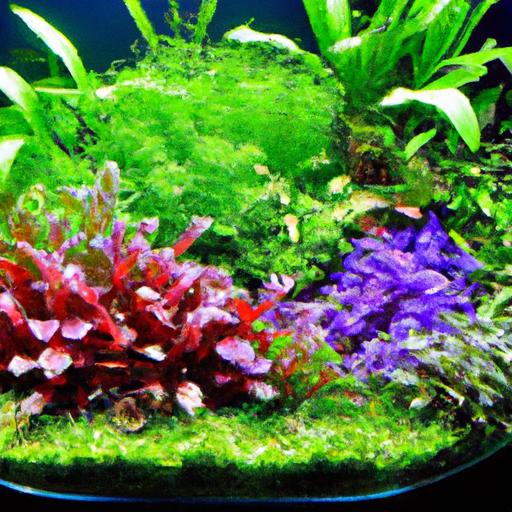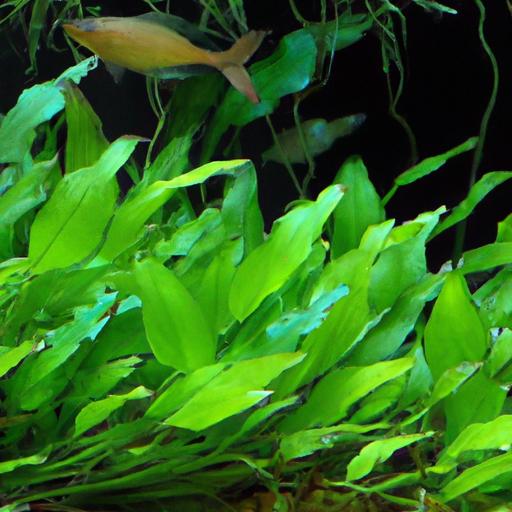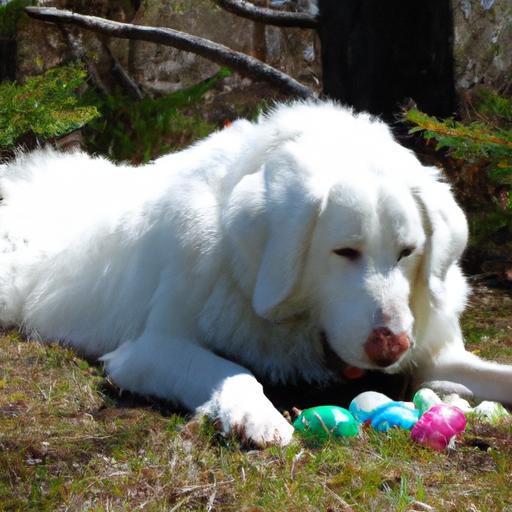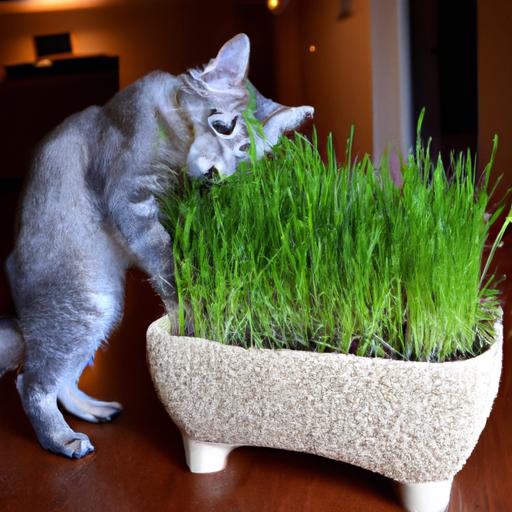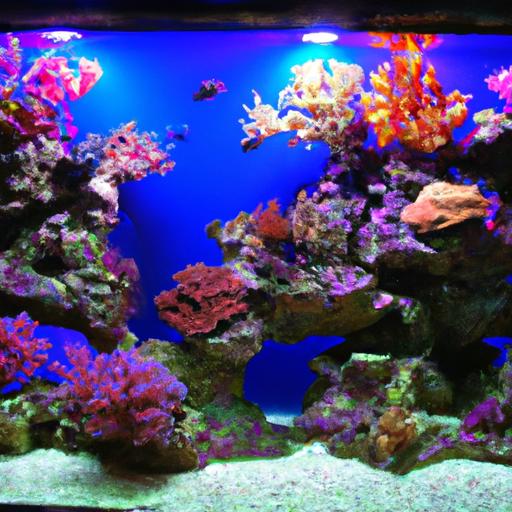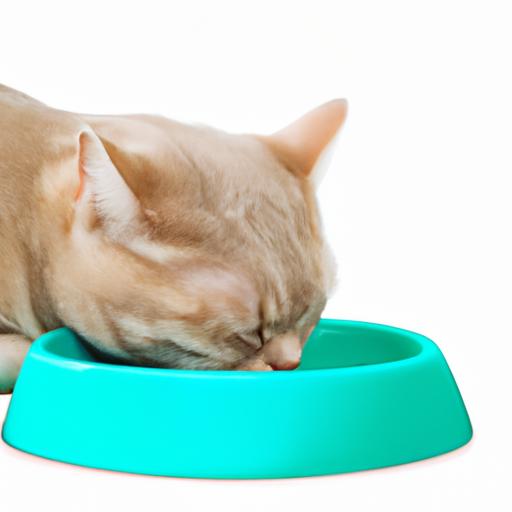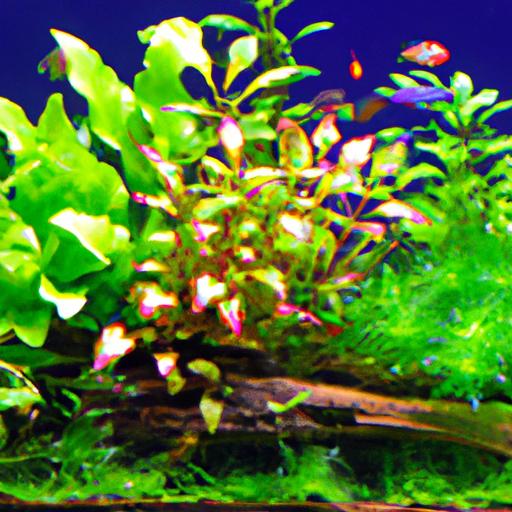
Understanding the Requirements of Bucephalandra Pygmaea Varieties
Discover the essential requirements for successfully cultivating Bucephalandra Pygmaea varieties. Learn about lighting, water parameters, nutrients, and more.
Introduction
Welcome to the world of Bucephalandra Pygmaea varieties! If you are an aquarium enthusiast or a plant lover, you’ve probably come across these stunning aquatic plants. Bucephalandra Pygmaea is known for its unique and vibrant foliage, making it a popular choice among hobbyists.
In this article, we will dive into the requirements of Bucephalandra Pygmaea varieties to help you understand how to cultivate them successfully. By grasping their needs for light, water parameters, nutrients, and proper planting techniques, you can create an ideal environment for their growth and enjoy their beauty to the fullest.
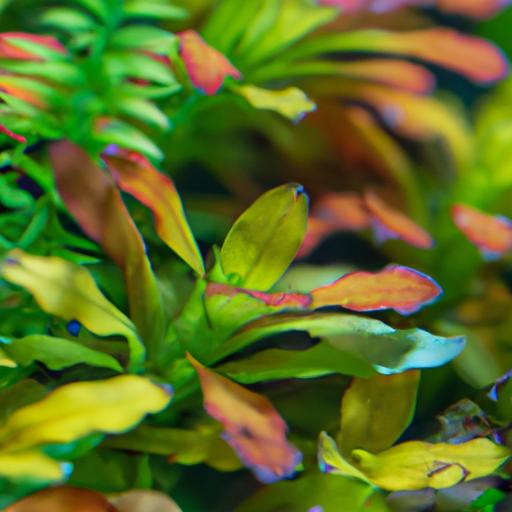
Understanding the Requirements of Bucephalandra Pygmaea Varieties
Light Requirements
Light plays a crucial role in the growth and development of Bucephalandra Pygmaea varieties. These plants thrive under moderate to high lighting conditions. It is essential to provide them with the optimal amount of light to ensure their health and vibrancy.
Optimal Lighting Conditions for Bucephalandra Pygmaea Varieties
Bucephalandra Pygmaea varieties generally require around 8-10 hours of light per day. However, it’s important to strike a balance and avoid excessive exposure to light, as it can lead to algae growth. Investing in a timer for your aquarium lights can help maintain a consistent lighting schedule.
Types of Lighting Suitable for Growth
LED lights are highly recommended for Bucephalandra Pygmaea varieties due to their energy efficiency and ability to provide the right spectrum of light. These lights mimic natural sunlight and promote healthy photosynthesis, allowing the plants to thrive.
Water Parameters
Maintaining proper water parameters is crucial for the well-being of Bucephalandra Pygmaea varieties. Let’s explore the key factors to consider when it comes to water conditions.
Ideal Water Temperature for Bucephalandra Pygmaea Varieties
Bucephalandra Pygmaea varieties prefer a water temperature between 74-82°F (23-28°C). It is important to avoid drastic temperature fluctuations as it can stress the plants and hinder their growth. Using a reliable aquarium heater can help maintain a stable temperature.
pH Level Recommendations
These plants thrive in slightly acidic to neutral water conditions, with a pH range between 6.0-7.5. Monitoring and adjusting the pH level accordingly will ensure optimal growth and prevent any adverse effects on the plants.
Water Hardness and Its Impact on Growth
Bucephalandra Pygmaea varieties prefer soft to moderately hard water, with a general hardness (GH) level between 4-12 dGH. It is crucial to test the water hardness regularly and make necessary adjustments to create an environment that suits their needs.
Nutrient Requirements
Providing the right nutrients is vital for the healthy growth of Bucephalandra Pygmaea varieties. Let’s explore the essential nutrients they require and the best ways to fertilize them.
Essential Nutrients for Healthy Growth
Bucephalandra Pygmaea varieties require a balanced supply of macronutrients such as nitrogen (N), phosphorus (P), and potassium (K). Additionally, micronutrients like iron (Fe), magnesium (Mg), and calcium (Ca) are crucial for their overall well-being. Using a high-quality liquid or substrate fertilizer specifically formulated for aquatic plants can help meet their nutrient requirements.
Fertilization Techniques and Recommendations
To ensure proper fertilization, it is recommended to follow the dosage instructions provided by the fertilizer manufacturer. Regularly monitor the nutrient levels in your aquarium and adjust the fertilization routine accordingly. It’s important to strike a balance, as excessive fertilization can lead to algae growth and harm the plants.
Substrate and Planting
Choosing the right substrate and employing proper planting techniques are essential for the successful cultivation of Bucephalandra Pygmaea varieties.
Choosing the Right Substrate for Bucephalandra Pygmaea Varieties
Bucephalandra Pygmaea varieties thrive in nutrient-rich substrates. Opt for a substrate specifically designed for planted aquariums, as it provides essential nutrients and promotes root development. Additionally, using a layer of porous material like aquarium soil beneath the substrate can enhance water circulation and nutrient absorption.
Proper Planting Techniques for Optimal Growth
When planting Bucephalandra Pygmaea varieties, ensure that the rhizome is not buried in the substrate. These plants are epiphytic, meaning they attach themselves to surfaces rather than being rooted in the substrate. By attaching them to rocks, driftwood, or other aquarium decorations, you can mimic their natural habitat and promote healthier growth.
FAQ (Frequently Asked Questions)
Q: What are the different Bucephalandra Pygmaea varieties available in the market?
A: The market offers a wide variety of Bucephalandra Pygmaea, including but not limited to Bucephalandra Pygmaea “Mini Coin,” Bucephalandra Pygmaea “Wavy Green,” and Bucephalandra Pygmaea “Velvet.”
Q: How often should I fertilize Bucephalandra Pygmaea varieties?
A: It is recommended to fertilize Bucephalandra Pygmaea varieties once or twice a week, depending on the nutrient requirements of your specific aquarium setup. Regularly monitor the plants’ growth and adjust the fertilization frequency accordingly.
Q: Can Bucephalandra Pygmaea be grown in low-light conditions?
A: While Bucephalandra Pygmaea varieties prefer moderate to high lighting, certain varieties can tolerate lower light conditions. However, their growth may be slower, and their colors may not be as vibrant. It’s essential to find a balance between providing adequate light and avoiding excessive shade.
Q: What are the common challenges in cultivating Bucephalandra Pygmaea varieties?
A: Some common challenges include algae growth, inadequate lighting, improper water parameters, and insufficient nutrient supply. Regular monitoring, adjusting conditions as necessary, and providing proper care can help overcome these challenges.
Conclusion
Understanding the requirements of Bucephalandra Pygmaea varieties is key to cultivating these beautiful aquatic plants successfully. By ensuring the right balance of light, maintaining optimal water parameters, providing essential nutrients, and employing proper planting techniques, you can create an environment where these plants thrive.
Remember, Bucephalandra Pygmaea varieties require attention and care, but the rewards are well worth it. So, go ahead and embark on this exciting journey of cultivating and enjoying the captivating beauty of Bucephalandra Pygmaea varieties in your aquarium!
